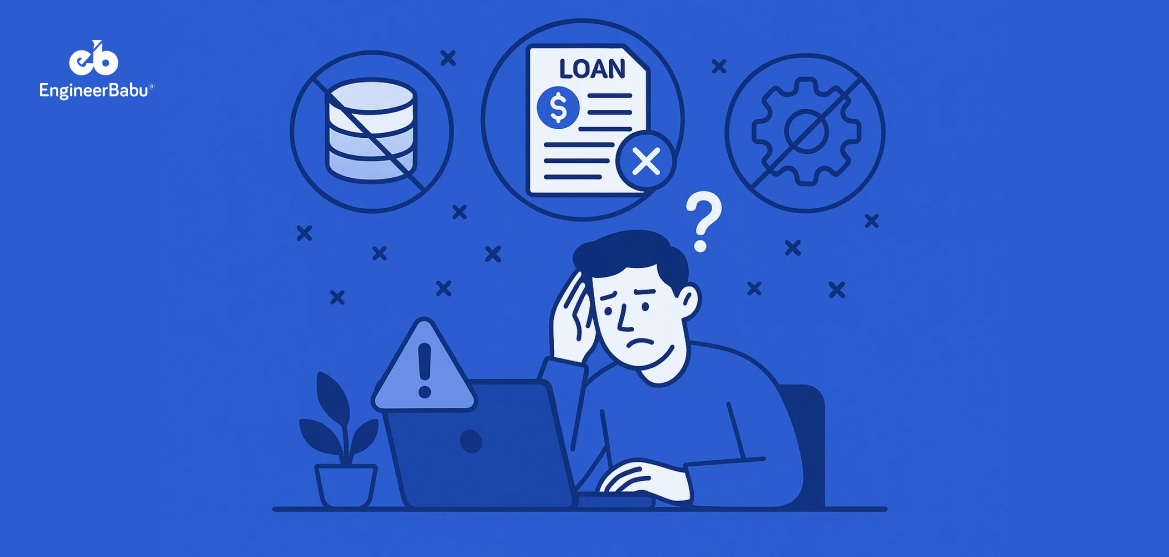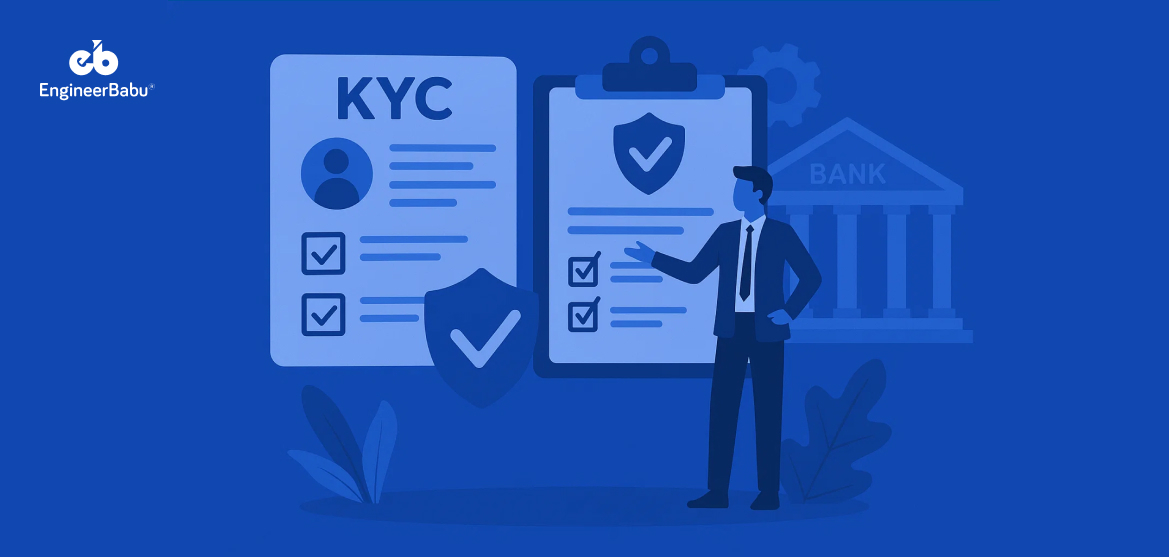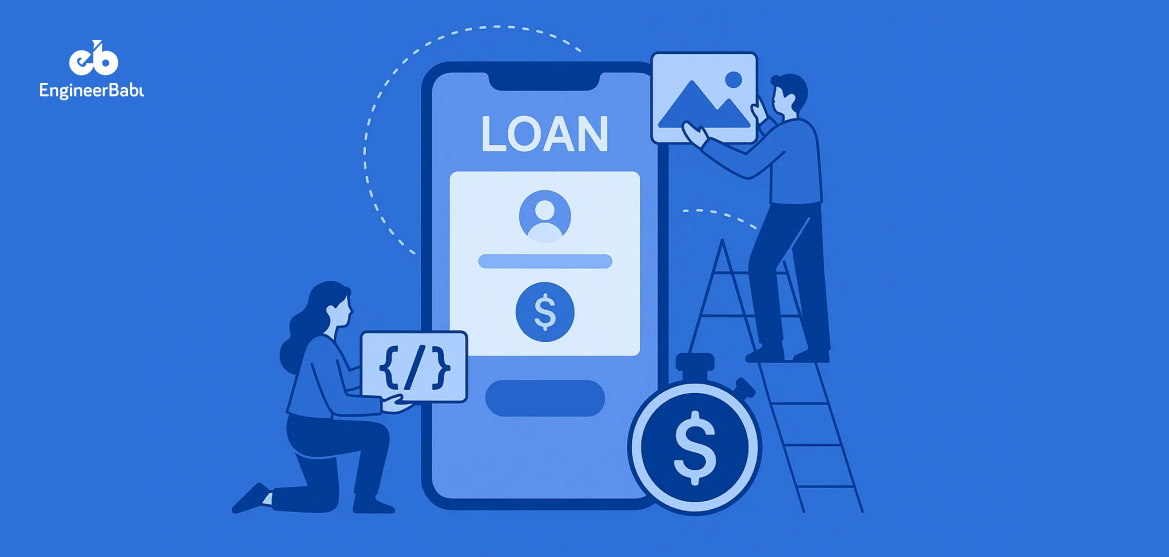Buying a home has always been one of the biggest financial decisions people make, and for most, it starts with a loan. What used to take multiple bank visits, long forms, and weeks of waiting is now shifting to mobile screens.
A well-designed home loan app can simplify the process by helping users calculate eligibility, submit documents, and track approvals without stepping into a branch. For lenders and fintech companies, it’s a chance to reach more customers, cut operational costs, and offer faster service.
Meanwhile, PwC reports that the majority of young borrowers prefer applying for loans digitally instead of visiting a branch. These numbers reflect a clear trend: customers expect a smooth, app-driven journey when applying for financial products.
This shift raises an important question for banks, fintechs, and startups alike: how to build a home loan app that people will trust and use? Let’s learn how.
Understanding the Home Loan App Ecosystem
Before jumping into development, it’s important to step back and understand the landscape you’re building for. A home loan app isn’t just another fintech tool, it sits at the intersection of banking, compliance, and customer experience.
Knowing how the ecosystem works will shape what you build and how users interact with it.
Types of Home Loan Apps
- Bank-led apps
Many traditional banks have started offering their own mobile platforms for housing finance. These apps usually integrate directly with core banking systems, making it easier for existing customers to apply for a loan or request services. They’re often feature-heavy but can feel clunky if the bank doesn’t invest in design. Therefore, it is always better to consult a professional banking app development company to take care of everything end-to-end.
- Fintech-driven apps
Startups and digital-first companies tend to focus on solving pain points that banks overlook. They prioritize simple interfaces, fast approval processes, and automated eligibility checks. Many of them partner with banks or NBFCs (Non-Banking Financial Companies) on the backend while offering a more modern customer experience upfront. Here’s how to build a fintech app.
- Aggregator platforms
These apps don’t issue loans themselves. Instead, they compare offers from multiple lenders, help users choose the right product, and streamline the application. Think of them as marketplaces for housing finance. They work best for users who want to explore options without committing to a single bank.
Common Use Cases
A good home loan app is more than just a digital form. The most valuable apps cover the full lifecycle of borrowing:
- Eligibility and affordability checks: Quick calculators that show how much a customer can borrow based on income, credit score, and property value.
- Application management: Digital forms, document upload, and e-signatures that cut down on paperwork.
- Approval tracking: Real-time updates on where the application stands under review, approved, or disbursed.
- Repayment and EMI tracking: Dashboards that display outstanding balance, due dates, and payment history.
- Customer support: In-app chat, FAQs, or integration with WhatsApp and other channels for quick resolution.
- Cross-selling: Offering insurance, top-up loans, or refinancing options once the primary loan is in place.
Why This Matters for Developers
Understanding these layers is not just an exercise in theory. If you know the type of app you’re building, the features users will expect, and the kind of integrations required, you’ll make better decisions at every stage of development. Skipping this step often leads to bloated apps that look good on paper but fail in the real world.
Key Features of a Home Loan App
When people ask how to build a home loan app, the first thing to clarify is which features really matter. A loan app isn’t just a digital version of a bank counter. It has to make the process faster, safer, and more transparent. Here are some of he must have features of a lending app:
1. Smooth Onboarding and KYC
The first interaction sets the tone. Offer simple sign-up options through mobile numbers, email, or social logins. For compliance, integrate eKYC services that allow users to verify identity using Aadhaar, PAN, or other government IDs. Adding biometric login (fingerprint or face recognition) improves both security and convenience.
2. Loan Eligibility Calculator
A calculator helps customers understand how much they can borrow before they even start the application. It should consider income, age, credit score, and property details. A responsive calculator not only builds trust but also reduces drop-offs because users know upfront what they qualify for.
3. Digital Loan Application
Lengthy forms are one of the biggest barriers in lending. Break applications into smaller, guided steps. Allow document upload directly through the app using the phone camera or cloud storage. Integrate e-signature tools so customers don’t have to print or scan anything.
4. EMI and Payment Management
An effective home loan app must help borrowers manage their repayments. Include EMI calculators, upcoming due date alerts, and options to pay through UPI, net banking, debit cards, or auto-debit mandates. Transparency about outstanding balances and repayment history improves trust.
5. Security and Compliance
Since users share sensitive financial and personal data, strong security is non-negotiable. Two-factor authentication, data encryption, and compliance with standards like GDPR, PCI DSS, or RBI guidelines (for India) are critical. Make security visible so users know their data is safe.
When considering how to build a home loan app, features should balance user experience with regulatory compliance. It’s not about adding everything possible, it’s about choosing what creates trust and efficiency.
Step-by-Step Process to Build a Home Loan App
Building a financial product is very different from building a regular app. Every detail, from how a user signs up to how their data is store,d can influence trust and adoption. To address the question of how to build a home loan app, the process needs to be broken into structured steps that guide development from idea to launch.
1. Market Discovery
The first step is to understand who you’re building for. A salaried professional applying for a small loan has different needs than a self-employed user seeking higher financing. Spend time mapping borrower segments, lender expectations, and regional compliance rules.
This research not only defines your features but also prevents wasted development effort later. Without a clear discovery phase, even advanced technology will miss the mark.
2. Design the Borrower’s Journey
Think about the process from the user’s perspective. From the moment they open the app to the point where funds are disbursed, every step should feel simple and logical. Break complex workflows like eligibility checks and document collection into smaller tasks.
Take help from professional UI/UX designers as well. A clear roadmap at this stage ensures smoother development and prevents friction that could frustrate borrowers when the app goes live.
3. Craft a Trustworthy Interface
In lending, trust is everything. A cluttered or confusing interface makes users doubt the security of the app. Focus on simple forms, clear instructions, and progress indicators. Avoid overwhelming users with too many inputs on one screen.
When people are sharing sensitive financial details, they want reassurance that the platform is stable and professional, not flashy. A trustworthy design directly impacts adoption rates.
4. Build a Robust Backend System
The backend is the engine of a home loan app. It manages integrations with credit bureaus, KYC services, property verification tools, and payment gateways. Each of these connections must work seamlessly for the experience to feel quick on the surface.
Think of the backend as the invisible machinery that drives approvals, updates, and repayments. If it fails, even the cleanest frontend design won’t save the app.
5. Compliance as a Core Principle
Financial products live under strict rules. Waiting until the end to add compliance creates expensive rework. Instead, design with regulations in mind. For India, this might mean aligning with RBI’s digital lending norms, while for global users, GDPR and PCI DSS will apply.
Incorporating compliance early ensures smoother approvals from regulators and prevents reputation risks that could derail the entire product launch.
6. Test for Real-World Scenarios
Testing isn’t just about catching bugs. It’s about proving the app can handle real borrower behavior. What happens if someone uploads the wrong document format? How does the system respond to network interruptions during payment?
Stress tests, security checks, and usability trials with actual users reveal gaps that simulations miss. An app that performs well under pressure builds confidence among both lenders and borrowers.
7. Launch, Learn, and Improve
Launching a home loan app is not the end, it’s the start of an ongoing cycle. Begin with a pilot or minimum viable product to collect early insights. Track how many users complete the application, where they drop off, and which features they engage with most.
Use this data to shape future updates. Continuous improvement is what transforms an app from functional to industry-leading.
However, if you are still searching for how to build a home loan app, it is better to consult a professional lending software development company. They can take your idea from the initial stage to a fully working prototype.
Conclusion
Building a home loan app is more than just coding an interface, it’s about creating trust, simplifying a traditionally complex process, and ensuring strict compliance with financial regulations.
When planned and executed carefully, the app becomes a powerful channel for both customer acquisition and long-term engagement. If you’re considering how to build a home loan app, start with research, focus on user experience, and keep compliance at the core of development.
Also, if you’re ready to turn the idea into reality, partner with a team that understands both technology and finance. EngineerBabu is a trusted fintech app development company that has helped banks and startups alike launch secure, user-friendly digital solutions.
FAQs
1. What is the average cost of building a home loan app?
The cost to build a loan lending app depends on complexity, features, and integrations. A basic MVP can start from $2,000–$4,000, while a full-featured app with advanced security and integrations may cost somewhere around $10,000.
2. How long does it take to develop a home loan app?
Timelines vary based on scope, but an MVP typically takes 1–2 months, while a full launch-ready app may require 3–4 months, including testing and compliance checks.
3. What are the must-have features in a home loan app?
Essential features include digital onboarding, eligibility calculators, document upload, loan tracking, EMI management, customer support, and strong security protocols.
4. How do compliance requirements affect app development?
Compliance shapes the architecture from day one. Data encryption, secure APIs, user consent management, and adherence to regulations such as RBI guidelines, GDPR, or PCI DSS must be built into the system early to avoid costly changes later.
5. Why choose EngineerBabu for building a home loan app?
EngineerBabu has deep expertise in financial technology, combining domain knowledge with technical excellence. They understand the challenges of compliance, user experience, and scalability, making them an ideal partner for businesses looking to build secure and reliable lending solutions.




